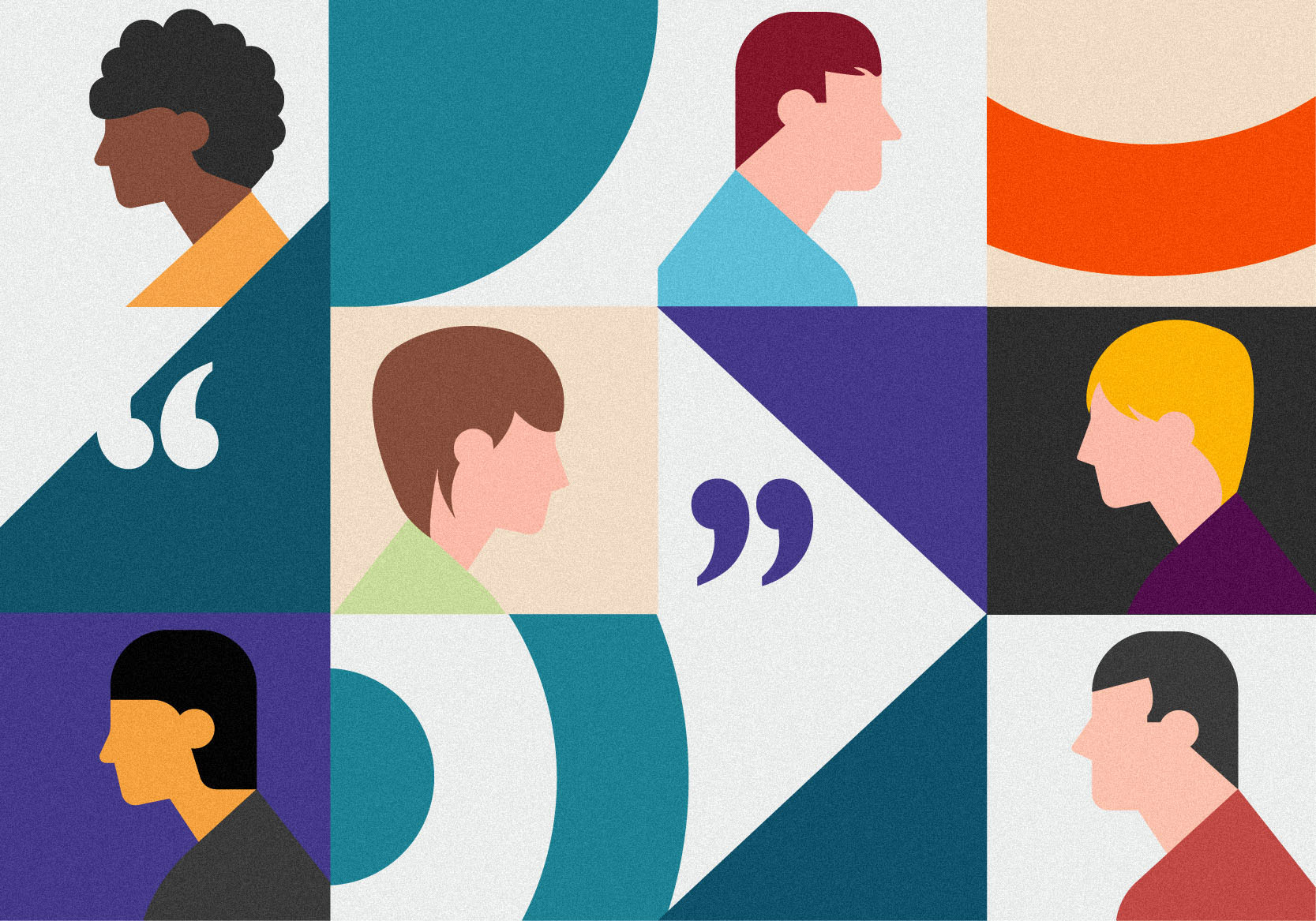Diversity and inclusion are buzzwords that often appear in business discussions. But what do they truly mean? And how do they impact our workplaces?
Understanding Diversity and Inclusion
Diversity refers to the people in a workplace. A diverse company includes individuals from different backgrounds, such as race, religion, gender, sexual orientation, age, socio-economic status, and physical abilities. Gallup defines it as “the full spectrum of human demographic differences.”
Inclusion, on the other hand, defines how people feel at work. It ensures that employees belong in a culture where they feel valued, respected, and encouraged to participate. Inclusion fosters an environment where everyone is welcomed and appreciated.
Why It Matters
These concepts should be more than just discussions. Companies need to make them core principles and business goals. Not only is it the right thing to do, but it also benefits businesses significantly.
Studies show a strong connection between diversity, inclusion, and business success. Companies that embrace them experience growth, innovation, and improved revenue.
The Benefits of a Diverse Workplace
Workplace diversity matters to job seekers. According to a Glassdoor survey:
- 72% of women consider workforce diversity important.
- 62% of men share the same view.
- 89% of African Americans prioritize it in job searches.
- 80% of Asians and 70% of Latinos also value diversity.
For companies to attract top talent, they must offer a diverse and inclusive workplace.
Different Perspectives Drive Innovation
A diverse workforce brings together a variety of skills, experiences, and viewpoints. This mix fosters creativity and problem-solving. Studies reveal that diverse teams solve problems faster and perform better at leadership levels.
BCG found that companies with diverse management teams report 19% higher innovation revenue than those with less diversity. More perspectives lead to better ideas and business growth.
Better Market Connection
Companies with diverse employees relate better to a wider audience. Having a team member who represents a target market’s race, culture, or background increases a company’s ability to connect with that market by 158%. A diverse team leads to greater customer understanding and business opportunities.
Diversity Equals Profitability
Diverse companies earn more. A McKinsey study found that companies in the top 25% for racial and ethnic diversity are 33% more likely to outperform competitors financially. In contrast, companies with little diversity are 29% more likely to underperform.
The Road Ahead
Picture a workplace where people of all backgrounds collaborate, bringing the best versions of themselves to work each day. It’s an ideal we haven’t fully reached yet. Currently, among Fortune 500 CEOs, there are only 25 women—compared to 23 men named John.
So, what’s stopping us? Discrimination and bias still exist, but we have the power to drive change. Building a truly diverse and inclusive workplace takes effort, but the rewards make it worthwhile.
A2 Design Lab values creativity and uniqueness. Join the conversation.
Illustration / Designer: Aj Noguerra
Campaign Strategist: Maria Margaret Cantos
Writer: Chris Ignacio

